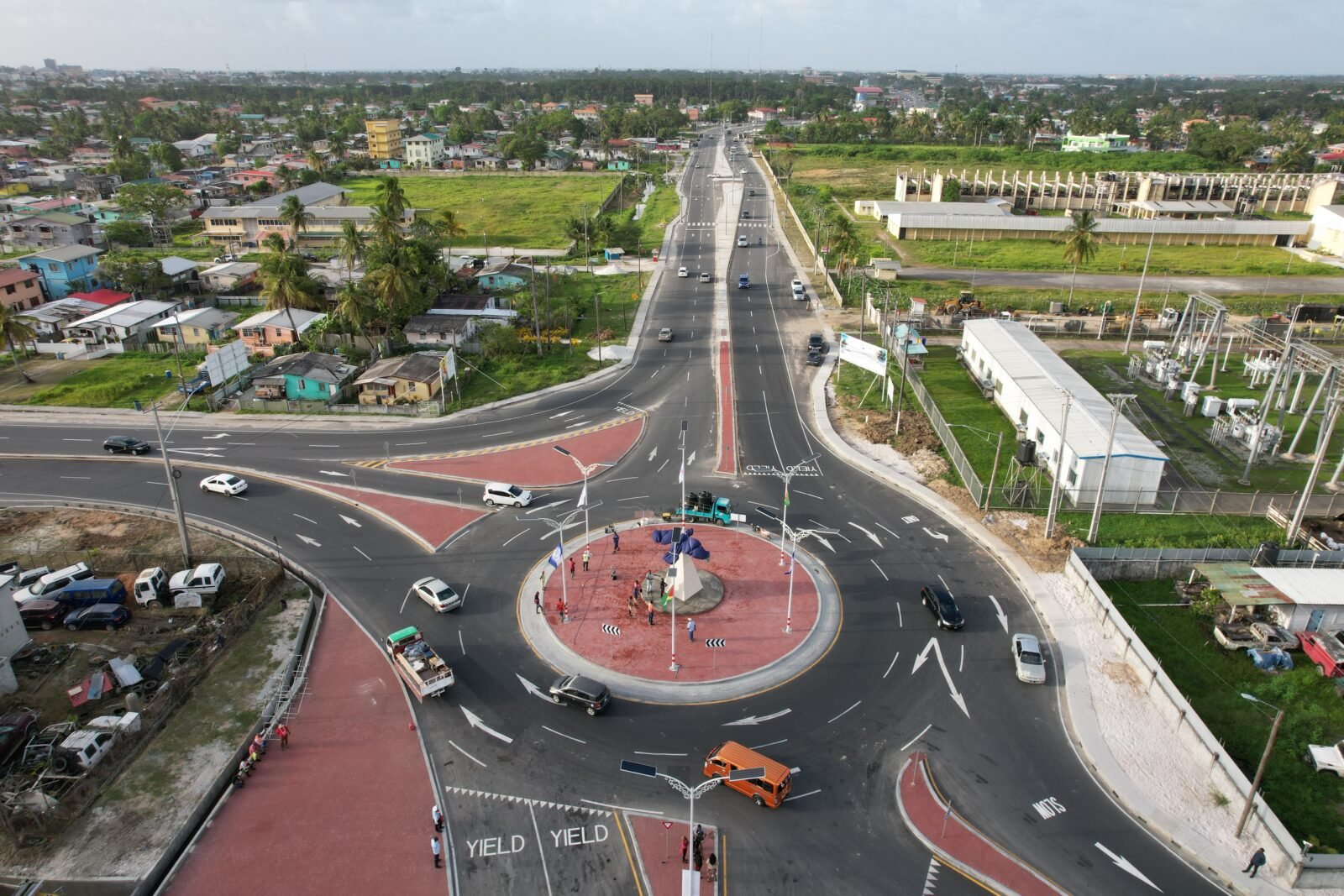Guyana, a nation poised for economic transformation, recognizes the vital role of transportation infrastructure in supporting sustainable growth, fostering regional integration, and enhancing the quality of life for its citizens. As such, the Government of Guyana is actively implementing comprehensive measures aimed at modernizing and expanding the country’s transportation systems to meet current needs while preparing for future demands.
The backbone of Guyana’s transportation sector comprises roads, riverine systems, air travel, and a limited rail network. Historically, the country’s vast geography and low population density posed challenges to connectivity. However, with the nation’s recent economic upturn—largely driven by the oil and gas industry—transportation has emerged as a strategic priority for the government.
One of the most significant initiatives is the construction and rehabilitation of major road corridors. The East Coast and East Bank road expansion projects are pivotal in reducing congestion in and around Georgetown, the capital city. These projects are complemented by the planned construction of the Linden-to-Mabura Hill Road, which aims to open up access to Guyana’s interior and eventually connect to Brazil through the Lethem border. This cross-border linkage is expected to enhance trade and stimulate economic activity in remote regions.
In the aviation sector, the modernization of the Cheddi Jagan International Airport is a critical step toward transforming Guyana into a regional travel hub. Upgrades include runway extension, expansion of passenger terminals, and integration of advanced navigation systems. These enhancements are designed to accommodate increased international traffic and improve passenger experiences.
Additionally, the government is placing a strong emphasis on riverine transport, particularly for hinterland communities where waterways remain a primary mode of travel. Investments are being directed toward improving ferry services and constructing new docking facilities to ensure year-round accessibility and safety.
To future-proof its transportation network, the Government of Guyana is also integrating climate resilience and sustainability into its infrastructure planning. This includes the use of climate-resilient construction materials, smart mobility solutions, and the exploration of renewable energy-powered transit options.
Through strategic investments and forward-thinking policies, Guyana is positioning itself as a regional leader in transportation development. These efforts not only support economic diversification but also reinforce the government’s commitment to inclusive development, ensuring that no region or community is left behind in the country’s journey toward modernization.




